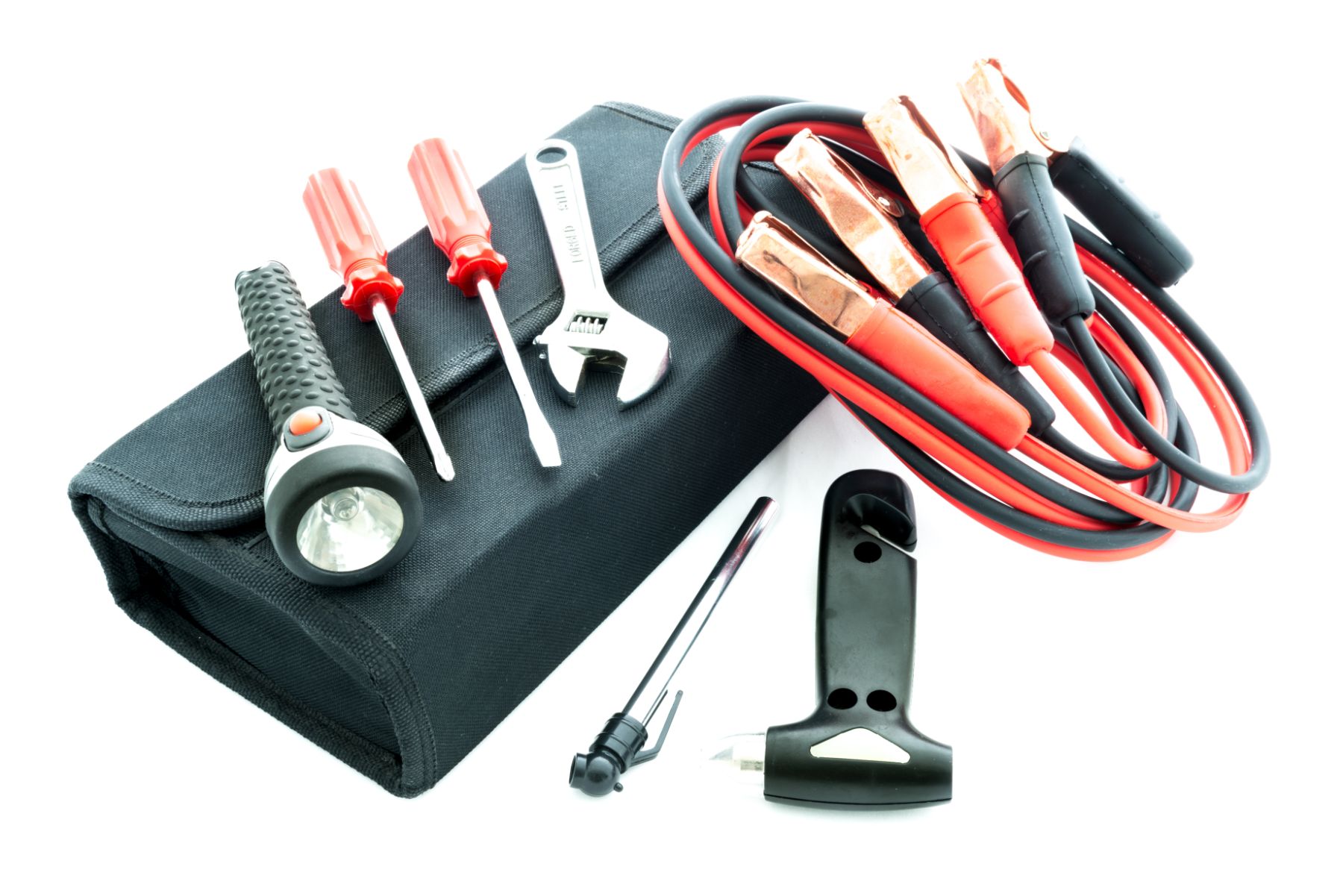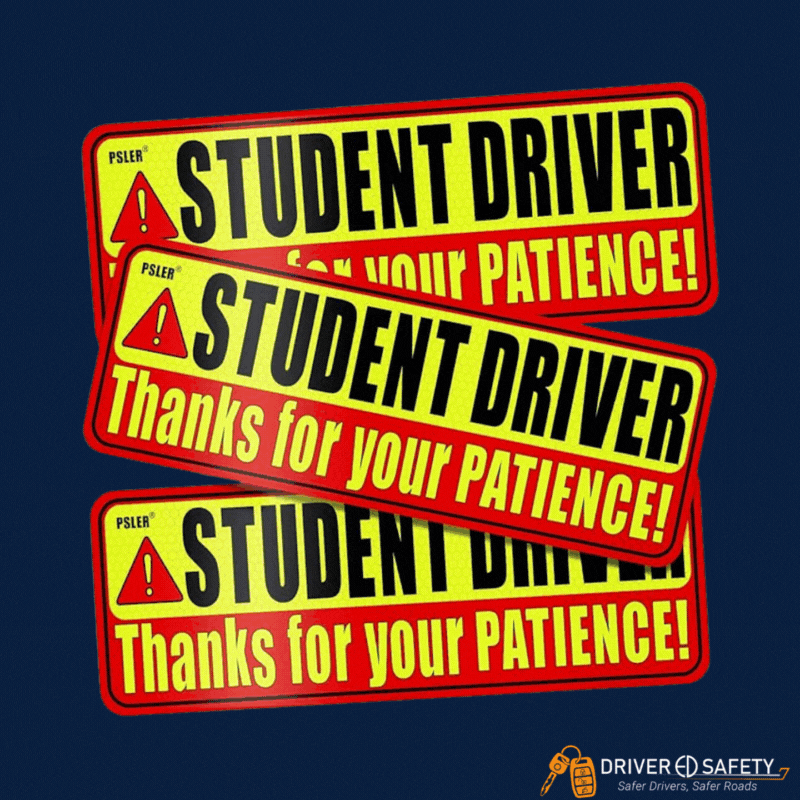
While we may think all teens are excited to get behind the wheel and start driving as soon as possible, others might have a little more apprehension—and that’s okay!
Driving is a big responsibility and can feel a bit daunting at times. That’s why we think it could help to have some mental tools in your toolbelt for those who are feeling a bit uneasy about learning to drive. These tools can help new drivers learn how to cope with and overcome driving anxiety. Here are some things to keep in mind to help you mentally prepare to hit the road.
1. LEARN DRIVING-RELATED TASKS
Before driving for the first time, there are some simple tasks you’ll need to learn and carry out to ensure you’re set for a smooth ride. Understanding all the different parts of the car and what it needs in certain situations will work to eliminate some of the worry and uncertainty about driving. Some things you should get familiar with before driving include:
- How to pump gas
- Adjust your seat, steering wheel, and mirrors
- Where your driving registration is
- Cleaning up trash on floorboards
- What the buttons/levers in your car do
- How to change a tire and gage your tire pressure
- How to jump-start a car
- How to add windshield washer fluid
2. IT’S OK TO BE NERVOUS
There’s absolutely no shame in being hesitant about driving. If you were to describe modern driving to those living in the days of Model T’s, they’d probably call us speed-crazed hooligans. When broken down, the thought of driving a car can seem quite scary. So, it’s okay to be nervous. Since the main source of travel around the world is via an automobile, driving is an incredibly valuable skill to have—that’s why we want to help you overcome your fear.
A great way to calm your nerves around driving is to be prepared! Knowing what might come up on the road and learning how to take care of your vehicle will ensure you’re a proactive driver instead of a reactive driver. Being confident behind the wheel takes practice!
3. FOCUS ON THE ROAD AHEAD
If you’re nervous while driving, try to calm your thoughts and focus on the things you see, hear, and feel. For example, watch the street in front of you, feel the steering wheel in your hand, etc. Do your best to focus and drown out the “white noise.”
If you find anxiety rising, you can also try deep breathing exercises. Since breathing is something we’d already be doing anyway, it’s a great and non-distracting way to clear your mind of worry while driving. Slowing your breathing also gives your brain more oxygen, allowing you to think more clearly. Inhale through your nose for 10 seconds, and then exhale through your mouth for 10 seconds.
And remember: if the road ahead becomes too daunting, it’s always okay to safely pull over. Make sure you turn your flashers on and give yourself some time to gather yourself.
4. Ditch The Distractions
While you’ve probably heard a million times that you’ll need to limit distractions while driving—we’re here to tell you one more time: NO DISTRACTIONS WHILE DRIVING.
Nine people in the United States are killed every day in crashes that are reported to involve a distracted driver. Doing anything that takes your attention away from driving is likely a distraction. As we mentioned earlier, while things like breathing exercises or singing your favorite song on the radio won’t derail your focus too much—there are some things you should definitely avoid. These include:
- Texting
- Talking on the phone
- Using social media
- Selecting music
- Using a navigation system
- Eating
5. Slow & Steady
The more you avoid driving, the more you’ll associate the act with anxiety, further enhancing your fear. Instead, think about having a good driving experience each time you practice driving—and help facilitate this by driving in places you know well and are easy to navigate. As your comfort level builds, try adding a new feature slightly outside of your comfort zone that still feels manageable. An example could be taking on a four-way stop at a busier time of day or using a roundabout with more than one lane.
Take it slow, and don’t push yourself—the road isn’t going anywhere! For many people, having a firm grasp on the rules of the road calms their nerves substantially. In addition, taking part in a driver education program may help new drivers mentally digest the rules of the road so they can get behind the wheel with confidence. Learn more about our open enrollment Online Course, or register for a Traditional Class or Behind the Wheel lessons!



















